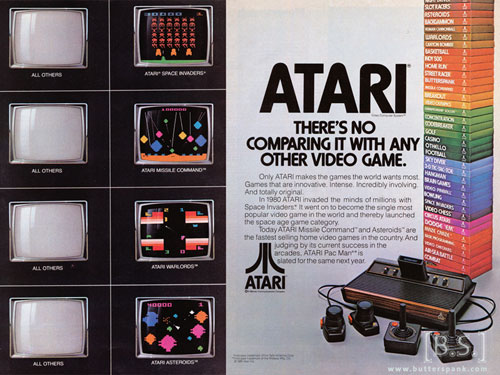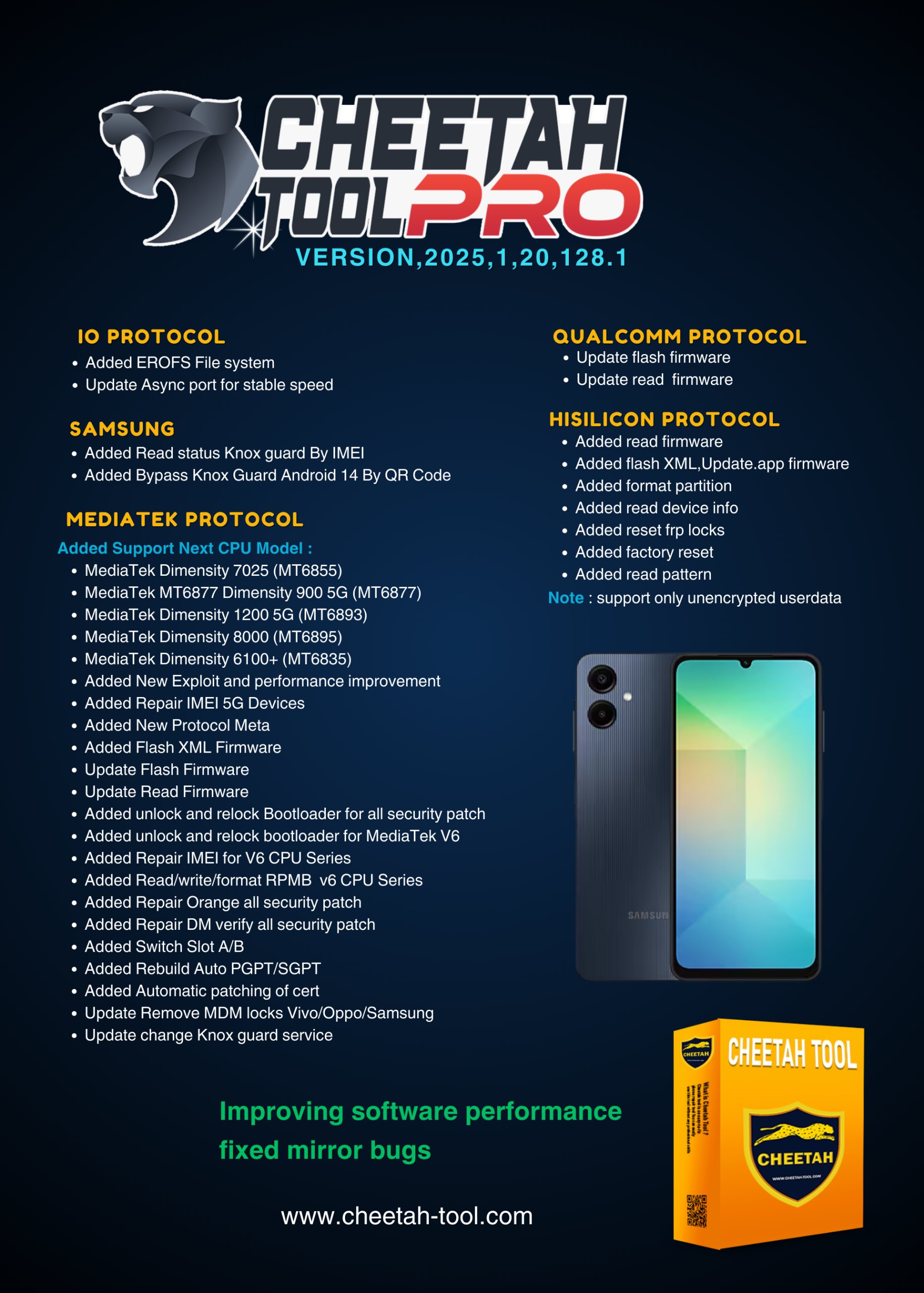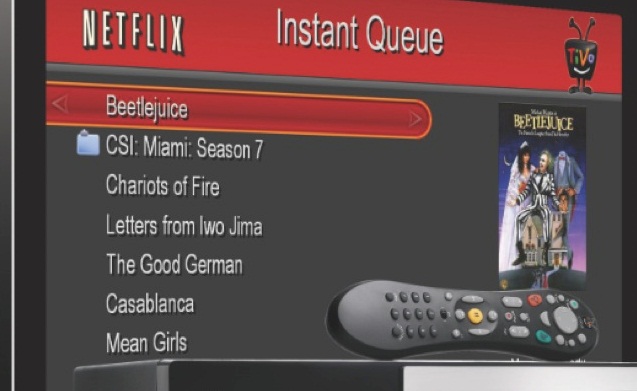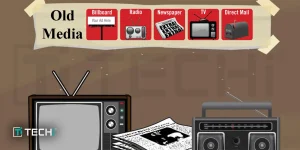Those who have watched the evolution of Netflix over the years are probably aware that the company has done an excellent job of keeping current and having their products reflect the current times. That has slowed lately as the movie rental company seemed to have been stuck in a rut, offering few changes when they seemed appropriate.
The rut is over.
Netflix today announced that they would be changing their plans and pricing to “better reflect the costs of each” and to give more relevant choices. Here’s the breakdown of the new monthly pricing:
- Mail 1 out at-a-time: $7.99
- Mail 2 out at-a-time: $11.99
- Streaming: $7.99
This model compares to the old model from last November that was pushing a bit too hard to go after streaming only. A customer could get the streaming-only for the same price but only had to pay an additional $2 a month to get DVDs mailed as well. Now, the plans are completely separate and there are no breaks for going with both streaming and by mail.
Most would see this as bad news because it’s a price hike. I love the move. It’s not that I want to pay more money for anything. I simply see it as a good business decision by a company that needs to succeed for our sake.
Addressing the problem

It has been well-publicized that
Netflix eats up 20% of broadband during peak hours. This is a problem now, but it may turn into a killer later if they aren’t able to get it fixed. The government is talking. Big telecom is talking. Netflix is not a popular company in many circles because of taking so much.
For the last 2 years, the company has been making a push to get more people onto streaming because of the profitability – less handling, no postage, and no physical disks to send makes streaming videos more appealing to the bottom line. The problem, however, is that the restrictions that are heading their way (either from the government or from ISPs) could hurt the streaming aspect of their business model. While they may have had dreams of abandoning mail eventually, they must now switch gears to encourage it.
A price hike will increase by-mail demand

It sounds completely backwards. Why would anyone believe that raising the price from a $2 add-on to a $7.99 service would actually increase the number of videos being served? As new and old subscribers look at their options, they will now have to choose. The customer who wants to stream sometimes and receive in the mail at other times get no break. Most will choose one or the other. With availability of options much higher on the by-mail plan, many will go with one of those two options and may or may not add streaming for another $7.99.
Either way, Netflix wins.
For $15.98, a consumer can have both options, and that’s just fine for Netflix as it’s a 60% increase over the current dual plan. Those who stop streaming and continue to receive by mail will be paying 20% less than than they were before, but they’ll also stop being part of the streaming-overload problem that is causing grief today and potential catastrophe in the future if restrictions come.
Too good to succeed

No, they’re not going to go the way of Blockbuster. They are way too innovative to suffer that fate, but it’s important to note that their success has been at the expense of others in the past.
The way that things were before this announcement, the company was doomed to fail in the future. It wasn’t their fault. Streaming has had more of an impact on our internet infrastructure than they imagined and it has pointed too many eyeballs towards them. They had to switch things up to lighten the load.
In the future, they’ll be able to push again for more streaming and eventually faze-out the mail model almost entirely, but only when the internet infrastructure is ready to handle the load. Their product and popularity have made the company a problem, but technology will catch up.
They were simply ahead of their time.
 It has been well-publicized that Netflix eats up 20% of broadband during peak hours. This is a problem now, but it may turn into a killer later if they aren’t able to get it fixed. The government is talking. Big telecom is talking. Netflix is not a popular company in many circles because of taking so much.
For the last 2 years, the company has been making a push to get more people onto streaming because of the profitability – less handling, no postage, and no physical disks to send makes streaming videos more appealing to the bottom line. The problem, however, is that the restrictions that are heading their way (either from the government or from ISPs) could hurt the streaming aspect of their business model. While they may have had dreams of abandoning mail eventually, they must now switch gears to encourage it.
It has been well-publicized that Netflix eats up 20% of broadband during peak hours. This is a problem now, but it may turn into a killer later if they aren’t able to get it fixed. The government is talking. Big telecom is talking. Netflix is not a popular company in many circles because of taking so much.
For the last 2 years, the company has been making a push to get more people onto streaming because of the profitability – less handling, no postage, and no physical disks to send makes streaming videos more appealing to the bottom line. The problem, however, is that the restrictions that are heading their way (either from the government or from ISPs) could hurt the streaming aspect of their business model. While they may have had dreams of abandoning mail eventually, they must now switch gears to encourage it.
 It sounds completely backwards. Why would anyone believe that raising the price from a $2 add-on to a $7.99 service would actually increase the number of videos being served? As new and old subscribers look at their options, they will now have to choose. The customer who wants to stream sometimes and receive in the mail at other times get no break. Most will choose one or the other. With availability of options much higher on the by-mail plan, many will go with one of those two options and may or may not add streaming for another $7.99.
Either way, Netflix wins.
For $15.98, a consumer can have both options, and that’s just fine for Netflix as it’s a 60% increase over the current dual plan. Those who stop streaming and continue to receive by mail will be paying 20% less than than they were before, but they’ll also stop being part of the streaming-overload problem that is causing grief today and potential catastrophe in the future if restrictions come.
It sounds completely backwards. Why would anyone believe that raising the price from a $2 add-on to a $7.99 service would actually increase the number of videos being served? As new and old subscribers look at their options, they will now have to choose. The customer who wants to stream sometimes and receive in the mail at other times get no break. Most will choose one or the other. With availability of options much higher on the by-mail plan, many will go with one of those two options and may or may not add streaming for another $7.99.
Either way, Netflix wins.
For $15.98, a consumer can have both options, and that’s just fine for Netflix as it’s a 60% increase over the current dual plan. Those who stop streaming and continue to receive by mail will be paying 20% less than than they were before, but they’ll also stop being part of the streaming-overload problem that is causing grief today and potential catastrophe in the future if restrictions come.
 No, they’re not going to go the way of Blockbuster. They are way too innovative to suffer that fate, but it’s important to note that their success has been at the expense of others in the past.
The way that things were before this announcement, the company was doomed to fail in the future. It wasn’t their fault. Streaming has had more of an impact on our internet infrastructure than they imagined and it has pointed too many eyeballs towards them. They had to switch things up to lighten the load.
In the future, they’ll be able to push again for more streaming and eventually faze-out the mail model almost entirely, but only when the internet infrastructure is ready to handle the load. Their product and popularity have made the company a problem, but technology will catch up.
They were simply ahead of their time.
No, they’re not going to go the way of Blockbuster. They are way too innovative to suffer that fate, but it’s important to note that their success has been at the expense of others in the past.
The way that things were before this announcement, the company was doomed to fail in the future. It wasn’t their fault. Streaming has had more of an impact on our internet infrastructure than they imagined and it has pointed too many eyeballs towards them. They had to switch things up to lighten the load.
In the future, they’ll be able to push again for more streaming and eventually faze-out the mail model almost entirely, but only when the internet infrastructure is ready to handle the load. Their product and popularity have made the company a problem, but technology will catch up.
They were simply ahead of their time. 







